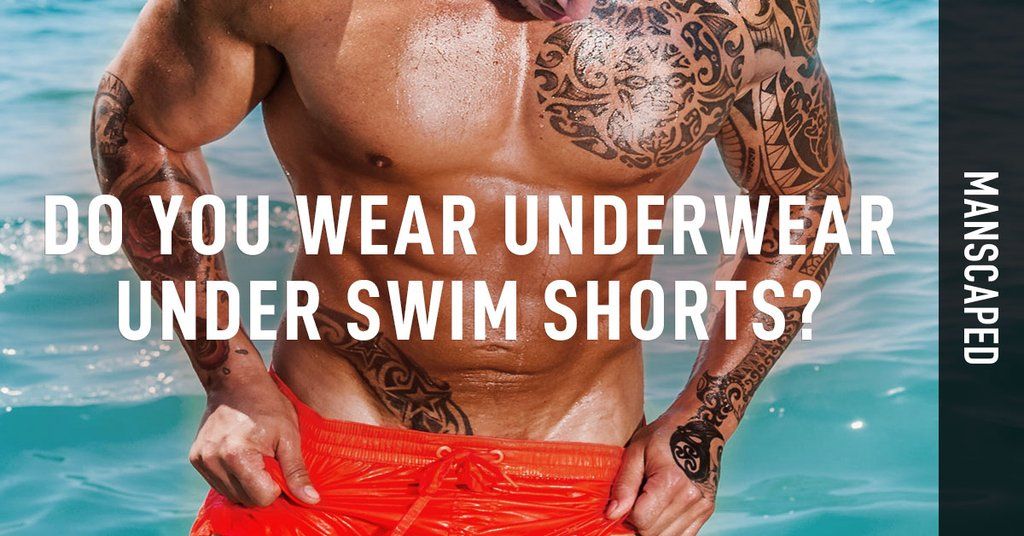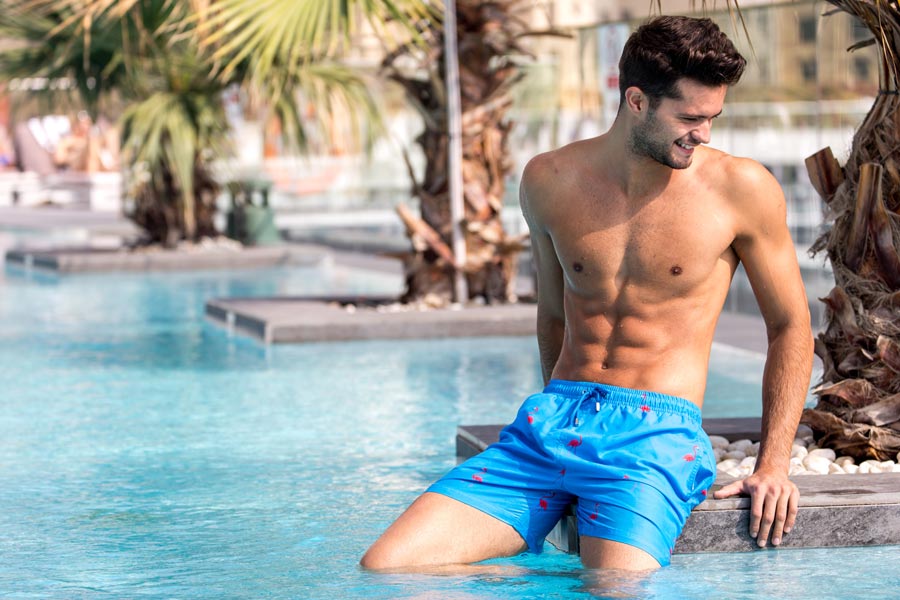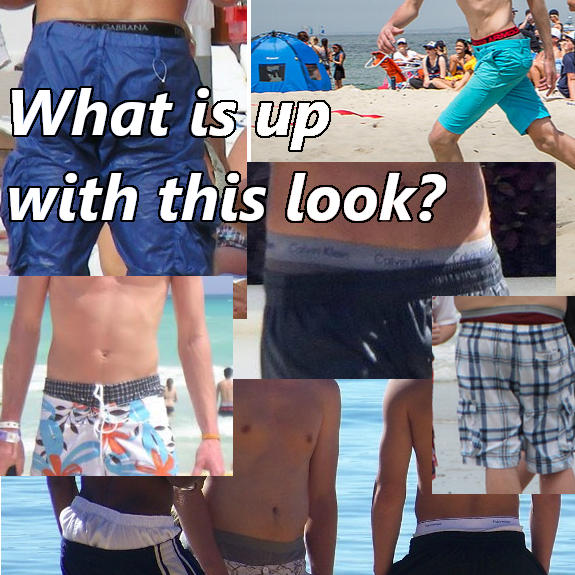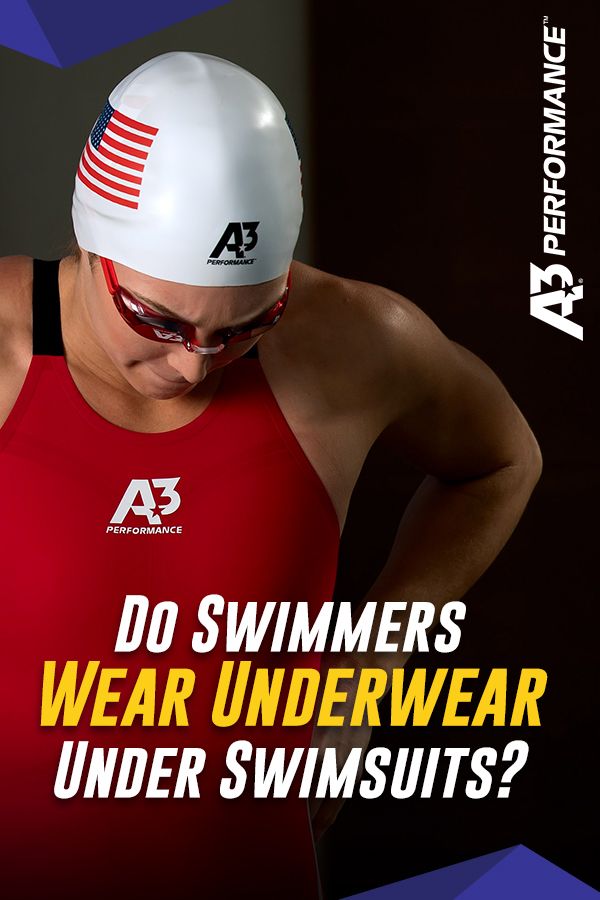Content Menu
● Introduction
● The Great Swimwear Debate
● The Case Against Wearing Underwear Under Swimwear
● The Arguments for Wearing Underwear Under Swimwear
● Expert Opinions and Best Practices
● The Impact of Materials
● Cultural and Regional Differences
● Environmental Considerations
● Practical Tips for Swimwear Comfort
● Conclusion
● Frequently Asked Questions
>> 1. Q: Is it necessary to wear underwear under swimwear?
>> 2. Q: Can wearing underwear under swimwear cause any problems?
>> 3. Q: Are there any situations where wearing underwear under swimwear might be acceptable?
>> 4. Q: Do professional swimmers wear underwear under their swimsuits?
>> 5. Q: What should I wear under board shorts or swim trunks?
>> 6. Q: How can I ensure comfort and support without wearing underwear under my swimsuit?
>> 7. Q: Is it hygienic to not wear underwear under swimwear?
Introduction
As summer approaches and beach days beckon, a seemingly simple question arises in many minds: should you wear underwear under your swimwear? This age-old debate has sparked countless discussions among swimmers, beachgoers, and fashion enthusiasts alike. While it might seem like a straightforward issue, the answer is not as clear-cut as one might think. In this comprehensive guide, we'll dive deep into the world of swimwear etiquette, exploring the pros and cons of wearing underwear beneath your bathing suit, and providing expert insights to help you make an informed decision.

The Great Swimwear Debate
For years, people have been divided on whether it's appropriate, necessary, or even beneficial to wear underwear under swimwear. Some swear by the extra layer of protection and comfort it provides, while others argue that it defeats the purpose of specially designed swimwear. Let's explore both sides of this contentious issue.
The Case Against Wearing Underwear Under Swimwear
1. Design and Functionality:
Swimwear is specifically engineered to perform in water. Modern swimsuits are made from materials that are quick-drying, chlorine-resistant, and designed to maintain their shape even when wet. Adding a layer of underwear can interfere with these properties, potentially leading to discomfort and reduced functionality.
2. Hygiene Concerns:
Contrary to what some might believe, wearing underwear under swimwear can actually be less hygienic. Underwear, especially if made from cotton or other non-swimwear materials, can retain moisture and create a breeding ground for bacteria when trapped between your skin and the swimsuit.
3. Aesthetic Issues:
Wearing underwear under swimwear can create visible lines and bulges, detracting from the sleek appearance of your bathing suit. This is particularly noticeable with form-fitting swimwear like one-piece suits or tight swim trunks.
4. Increased Drag in the Water:
For competitive swimmers or those who take their water activities seriously, wearing underwear can create additional drag in the water. This extra layer can slow you down and interfere with your swimming technique.
5. Potential for Discomfort:
As underwear becomes waterlogged, it can bunch up, cause chafing, and become uncomfortable. This discomfort can be particularly noticeable when you're trying to enjoy a day at the beach or pool.

The Arguments for Wearing Underwear Under Swimwear
While the majority of experts advise against wearing underwear under swimwear, there are some situations where people might consider it. Let's examine some of these scenarios:
1. Modesty Concerns:
Some individuals feel more comfortable with an extra layer of coverage, especially if they're wearing a swimsuit that they perceive as revealing or if they're in a more conservative environment.
2. Transitional Comfort:
For those who need to transition quickly from swimming to other activities, wearing underwear can provide a sense of readiness and comfort when changing out of wet swimwear.
3. Support and Security:
Some men, in particular, might feel that wearing underwear provides additional support and security, especially if they're wearing loose-fitting swim trunks.
4. Habit and Personal Preference:
For some, wearing underwear under swimwear is simply a habit or personal preference that they find difficult to break.
5. Protection Against Rough Fabrics:
In cases where swimwear is made from rougher materials, some people might opt for underwear as a protective layer against chafing or irritation.
Expert Opinions and Best Practices
Swimming coaches, fashion experts, and dermatologists generally agree that wearing underwear under swimwear is unnecessary and can even be counterproductive. Here's what the experts typically recommend:
1. Choose the Right Swimwear:
Invest in well-fitting, quality swimwear that provides the coverage, support, and comfort you need. This eliminates the perceived need for additional underwear.
2. Use Swimwear Liners:
Many swim trunks come with built-in mesh liners that provide support and coverage. If your swimwear doesn't have this feature, consider purchasing swim trunks that do.
3. Proper Care and Hygiene:
Maintain good hygiene practices by rinsing your swimwear after each use and allowing it to dry completely. This helps prevent the growth of bacteria and extends the life of your swimsuit.
4. Consider Rash Guards:
For those concerned about modesty or sun protection, rash guards and swim shirts can provide additional coverage without the need for underwear.
5. Address Specific Concerns:
If you have particular concerns about support or coverage, look for swimwear designed to address these issues rather than resorting to wearing underwear.

The Impact of Materials
Understanding the materials used in swimwear can help explain why wearing underwear underneath is generally discouraged:
1. Synthetic Fibers:
Most modern swimwear is made from synthetic fibers like nylon, polyester, or spandex. These materials are designed to be quick-drying, resistant to chlorine and saltwater, and able to maintain their shape when wet.
2. Moisture-Wicking Properties:
Quality swimwear often incorporates moisture-wicking technology, which helps to keep the wearer dry and comfortable. Adding a layer of underwear can interfere with this function.
3. UV Protection:
Many swimsuits now come with built-in UV protection. Wearing underwear underneath may reduce the effectiveness of this feature.
4. Chlorine and Saltwater Resistance:
Swimwear materials are specifically chosen for their ability to withstand repeated exposure to chlorine and saltwater. Regular underwear may degrade quickly in these environments.
[Insert image comparing swimwear materials to common underwear materials]
Cultural and Regional Differences
It's worth noting that attitudes towards wearing underwear under swimwear can vary across different cultures and regions:
1. Conservative Cultures:
In more conservative societies, wearing underwear under swimwear might be more common or even expected, especially for women.
2. European vs. American Practices:
Generally, Europeans tend to be more relaxed about swimwear and are less likely to wear underwear underneath compared to Americans.
3. Competitive Swimming:
In competitive swimming environments worldwide, wearing underwear under swimsuits is universally discouraged due to performance considerations.
4. Beach vs. Pool Etiquette:
Some people might feel more inclined to wear underwear under swimwear at a public pool compared to a beach setting, due to perceived differences in hygiene standards.
Environmental Considerations
In today's environmentally conscious world, it's also worth considering the ecological impact of our swimwear choices:
1. Microfiber Pollution:
Synthetic materials used in both swimwear and underwear can release microfibers into the water. Wearing multiple layers potentially increases this type of pollution.
2. Longevity of Swimwear:
Properly cared for swimwear lasts longer, reducing the need for frequent replacements and thereby decreasing overall consumption.
3. Energy and Water Usage:
Wearing underwear under swimwear means more items to wash, increasing water and energy consumption.
4. Sustainable Swimwear Options:
Many brands now offer eco-friendly swimwear made from recycled materials or sustainable fabrics. These options are designed to be worn without additional layers.

Practical Tips for Swimwear Comfort
If you're used to wearing underwear under your swimwear but want to transition away from this habit, here are some practical tips:
1. Gradual Transition:
Start by wearing swimwear without underwear for short periods and gradually increase the duration as you become more comfortable.
2. Choose the Right Fit:
Ensure your swimwear fits well. A proper fit can alleviate many of the concerns that lead people to wear underwear under their swimsuits.
3. Use Alternatives:
For additional coverage or support, consider options like swim shorts, board shorts with built-in liners, or one-piece suits with extra support.
4. Focus on Confidence:
Remember that most people at the beach or pool are focused on their own enjoyment rather than scrutinizing others' swimwear choices.
5. Post-Swim Care:
Have a plan for after swimming, such as bringing a change of clothes or a cover-up, to help you feel more comfortable transitioning out of your wet swimwear.
Conclusion
In the great debate of whether to wear underwear under swimwear, the consensus among experts leans strongly towards "no." Swimwear is designed to be worn directly against the skin, providing the necessary coverage, support, and functionality for water activities. Wearing underwear underneath can compromise these features, potentially leading to discomfort, hygiene issues, and reduced performance in the water.
However, it's important to acknowledge that personal comfort and cultural norms play a significant role in this decision. If you feel strongly about wearing underwear under your swimwear, consider exploring alternative swimwear options that might address your concerns without the need for an extra layer.
Ultimately, the goal is to feel comfortable and confident in your swimwear, allowing you to fully enjoy your time in and around the water. By understanding the design and purpose of swimwear, and by choosing well-fitting, quality pieces, you can make informed decisions that balance comfort, functionality, and style.
Remember, the most important thing is to have fun and stay safe while enjoying your water activities. Whether you choose to wear underwear under your swimwear or not, make sure you're comfortable and ready to make a splash!
Based on the search results and the article we've written, I'll now provide at least 5 relevant questions and answers about wearing underwear under swimwear. These will be added to the end of our article:
Frequently Asked Questions
1. Q: Is it necessary to wear underwear under swimwear?
A: No, it is generally not necessary to wear underwear under swimwear. Swimsuits are designed to be worn directly against the skin and provide adequate coverage and support without the need for an additional layer.
2. Q: Can wearing underwear under swimwear cause any problems?
A: Yes, wearing underwear under swimwear can potentially cause several issues. It can lead to increased water retention, which may result in discomfort and chafing. It can also interfere with the quick-drying properties of swimwear and may create visible lines or bulges, affecting the appearance of your swimsuit.
3. Q: Are there any situations where wearing underwear under swimwear might be acceptable?
A: While it's generally not recommended, there might be rare circumstances where someone chooses to wear underwear under swimwear. These could include situations where additional support is needed, or when using swim shorts without built-in lining. However, it's usually better to find swimwear that meets your needs without requiring underwear.
4. Q: Do professional swimmers wear underwear under their swimsuits?
A: No, competitive swimmers never wear underwear under their swimsuits. Professional swimwear is designed to provide optimal performance in the water, and wearing underwear would create unnecessary drag and discomfort.
5. Q: What should I wear under board shorts or swim trunks?
A: Most board shorts and swim trunks come with built-in mesh liners, which eliminate the need for underwear. If your swim shorts don't have a liner, you can look for swim-specific underwear or compression shorts designed for use in water, rather than wearing regular underwear.
6. Q: How can I ensure comfort and support without wearing underwear under my swimsuit?
A: To ensure comfort and support without underwear, choose well-fitting swimwear appropriate for your body type and activities. Look for swimsuits with built-in support features like chest padding for women or supportive linings for men. Additionally, consider using rash guards or swim shirts for extra coverage if needed.
7. Q: Is it hygienic to not wear underwear under swimwear?
A: Yes, it is generally more hygienic to not wear underwear under swimwear. Swimsuits are designed to be quick-drying and resistant to bacteria, whereas underwear can trap moisture and create an environment conducive to bacterial growth when worn under swimwear.
These questions and answers provide additional clarity on common concerns related to wearing underwear under swimwear, reinforcing the main points discussed in the article.





































